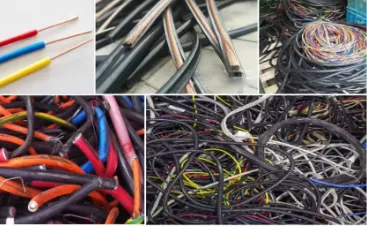

nov . 26, 2024 00:50 Back to list
How to Recycle PCBs A Comprehensive Guide
Printed Circuit Boards (PCBs) are integral components of electronic devices, serving as the backbone that interconnects various electronic parts. While they are essential for modern technology, the disposal of PCBs poses significant environmental challenges. Recycling PCBs is not only beneficial for the environment but can also recover valuable metals and components. This article explores the recycling process of PCBs, the importance of recycling, and how individuals and companies can participate in this essential practice.
Why Recycle PCBs?
The recycling of PCBs is crucial for several reasons. Firstly, PCBs contain valuable metals like gold, silver, copper, and palladium, which can be extracted and reused. In addition to conserving natural resources, recycling reduces the need for mining, which is often environmentally damaging. Secondly, PCBs can contain hazardous materials such as lead, mercury, and cadmium. These substances can leach into the environment if disposed of improperly, posing health risks to humans and wildlife. By recycling PCBs responsibly, we can mitigate these hazards while also promoting sustainable practices in the electronics industry.
The PCB Recycling Process
The recycling of printed circuit boards typically involves several key steps
1. Collection The first step is to collect discarded electronic devices containing PCBs. This can be done through local e-waste recycling programs, drop-off centers, or specialized electronic waste recycling facilities.
2. Sorting and Dismantling Once collected, the devices are sorted, and the PCBs are extracted. This stage may involve manual dismantling or mechanical shredding, depending on the facility's capabilities.
3. Shredding The extracted PCBs are then shredded into smaller pieces to facilitate the next steps of the recycling process. This increases the surface area available for extraction methods.

4. Separation After shredding, the PCB materials undergo various separation techniques. Physical methods like air classification or magnetic separation can isolate metals from non-metal components. Chemical processes are then used to extract precious metals from the remaining materials.
5. Refining The extracted metals undergo refining processes to remove impurities, resulting in pure metal forms that can be sold for manufacturing new products.
6. Reintegration Finally, the refined metals are reintegrated into the supply chain to produce new electronic components, thus closing the loop in the electronic lifecycle.
How Individuals and Businesses Can Participate
Individuals can contribute to PCB recycling by responsibly disposing of their old electronics through established e-waste recycling points. Many local municipalities offer designated drop-off locations or collection events for electronic waste.
For businesses, particularly those in the tech industry, implementing a product take-back program can promote responsible recycling. Partnering with certified e-waste recycling companies ensures that the recycling process is conducted in an environmentally sound manner, compliant with regulatory standards.
Conclusion
Recycling printed circuit boards is a vital aspect of responsible electronic waste management. By understanding and participating in the PCB recycling process, we can help conserve valuable resources, reduce environmental harm, and support a circular economy in the electronics industry. Each effort counts, and collectively, we can make a significant impact on our environment while benefiting economically from the recovery of valuable materials.
Latest news
Troubleshooting Common Eddy Separator Problems
NewsJul.04,2025
The Role of Metal Recycling Plants in Circular Economy
NewsJul.04,2025
The Impact of Recycling Line Pickers on Waste Management Costs
NewsJul.04,2025
Safety Features Every Metal Shredder Should Have
NewsJul.04,2025
How Industrial Shredders Improve Waste Management Systems
NewsJul.04,2025
How Cable Granulators Contribute to Sustainable Recycling
NewsJul.04,2025